Singapore Cooling Measures – History of cooling measures since 2009

Get The Property Insights Serious Buyers Read First: Join 50,000+ readers who rely on our weekly breakdowns of Singapore’s property market.
Could this be one of the most untimely Singapore cooling measures? For some time this year, it seemed like the property market was on the road to “recovery” and buying sentiment was on a brighter note before the news was released.
So ever since the recent cooling measures was announced, as expected, there has been a ton of news and reactions to it. Unsurprisingly, shares in property stocks took quite a hit after the news was released. The news even affected an en bloc sale, with Tee Land deciding against exercising its option to purchase Teck Guan Ville. Developers are also up in arms against the move, with the Real Estate Developers’ Association of Singapore (Redas) saying there is “no rationale” for the property cooling measures imposed. Not only that, they maintained that there was no need for the additional cooling measures on developers, which is in reference to the raising of ABSD to 25% and the extra 5% ABSD that cannot be waived.
In other words, if you are looking to buy for your own stay or to invest, the Government’s intervention of cooling measures in Singapore can really be a make or break with regards to your purchasing decisions. So to make an informed decision, it is always best to keep abreast of all property news and happenings in Singapore. Hence, we have compiled a history of all Singapore cooling measures since the first introduction in 2009.
2009 Singapore Cooling Measures
14 September 2009
– Interest Absorption Scheme (IAS) and Interest-Only Housing Loans (IOL) programs were abolished
2010 Singapore Cooling Measures
20 February 2010
– Introduction of Seller’s Stamp Duty (SSD) for properties sold within 1 year of purchase, this was up to 3% of the sales price
– Lowered the loan-to-value ratio (LTV) to 80% for all housing loans
30 August 2010
– SSD holding period increased to properties sold within 3 years of purchase, which resulted in the following
– 3% for properties sold within the first year
– 2% for 2 years
– 1% for 3 years
– For buyers that have more than one outstanding loan (including HDB) the minimum cash downpayment was increased from 5% to 20% of the purchase price
– LTV lowered from 80% to 70%
2011 Singapore Cooling Measures
14 January 2011
– SSD increased to 4 years, with higher tax as follows
– 16% for properties sold within the first year
– 12% for 2 years
– 8% for 3 years
– 4% for 4 years
– LTV was lowered to 50% for purchases that were not individuals or households
– For individuals and households with one or more outstanding loans, the LTV was lowered to 60%
8 December 2011
– Additional 10% duty for foreigners implemented
– Permanent Residents (PR) that are buying the second and subsequent property will have to pay ABSD of 3%
– Singapore Citizens (SC) that own two properties and are buying their third and subsequent properties have to pay ABSD of 3%
– How the ABSD is computed is as follows:
– 1% on the first $180,000
– 2% on the next $180,000
– 3% on the remainder
More from Stacked
The Pros And Cons Of Buying A Private Property As Your First Home: Is It A Smart Move?
With home prices high across the board, there will be some buyers who are now wondering if 2022 is the…
2012 Singapore Cooling Measures
6 October 2012
– Max tenure of residential loans was capped at 35 years
– Loans with terms in excess of 30 years would have higher LTV requirements, for both HDB and private properties
2013 Singapore Cooling Measures
12 January 2013
– PRs first property will now have a 5% ABSD
– Second property at 10% ABSD
– SC second property at 7% ABSD
– Third property at 10% ABSD
– Foreigners and company 15% ABSD
– LTV rates were tighter, if second housing loan this is at 50%
– For third housing loan this was set at 40%
– For housing loan tenures past 30 years this was even stricter at 30% and 20% respectively
– Minimum cash downpayment for individuals applying for a second and subsequent housing loan raised to 25% from 10%

Property Market CommentaryWhy Knowing The Singapore Property Cycle Can Make You A Better Investor
by SeanThere were also measures specific to HDB
– Introduction of Mortgage Service Ratio (MSR) for HDB loans and refinancings
– This means for private loans this is capped at 30% of a borrower’s gross monthly income
– For HDB loans this is lowered from 40% to 35%
– PRs that own a HDB flat will not be allowed to sublet their whole flat
– PRs that own a HDB flat must sell it within six months of purchasing a private property in Singapore
29 June 2013
– Introduction of Total Debt Service Ratio (TDSR) that is capped at 60% for housing loans for local and overseas properties
– For join borrowers, banks must use the income-weighted average age of borrowers when applying for a housing loan
28 August 2013
– Maximum HDB loan tenure reduced from 35 to 30 years
9 December 2013
– Reduction of cancellation fees for ECs from 20% to 5% to relive financial burden of buyers
– Second-timer applicants who buy EC units direct from developers will now have to pay a resale levy
– MSR for housing loans for EC bought direct from developers will be capped at 30%
This was the last round of cooling measures for some time until 2017.
2017 Singapore Cooling Measures
10 March 2017
– Revision of SSD to a 3 year holding period, instead of 4 years previously
– SSD rates will be lower by 4% for each tier, so it will began from 12% for properties sold in the first year, to 4% for properties sold in the third year
– TDSR will no longer be applied to mortgage equity withdrawal loans with LTV ratios of 50% and below
2018 Singapore Cooling Measures
6 July 2018
– Full details written extensively here
As always, feel free to leave a comment below or you can always reach us at hello@stackedhomes.com!
Stanley
Stanley loves crunching numbers in excel and analysing them. Naturally, he helps Stacked Homes generate articles based on his analysis as much as he can. When he's not using Excel, he enjoys watching movies and eating chocolates.Read next from Property Market Commentary
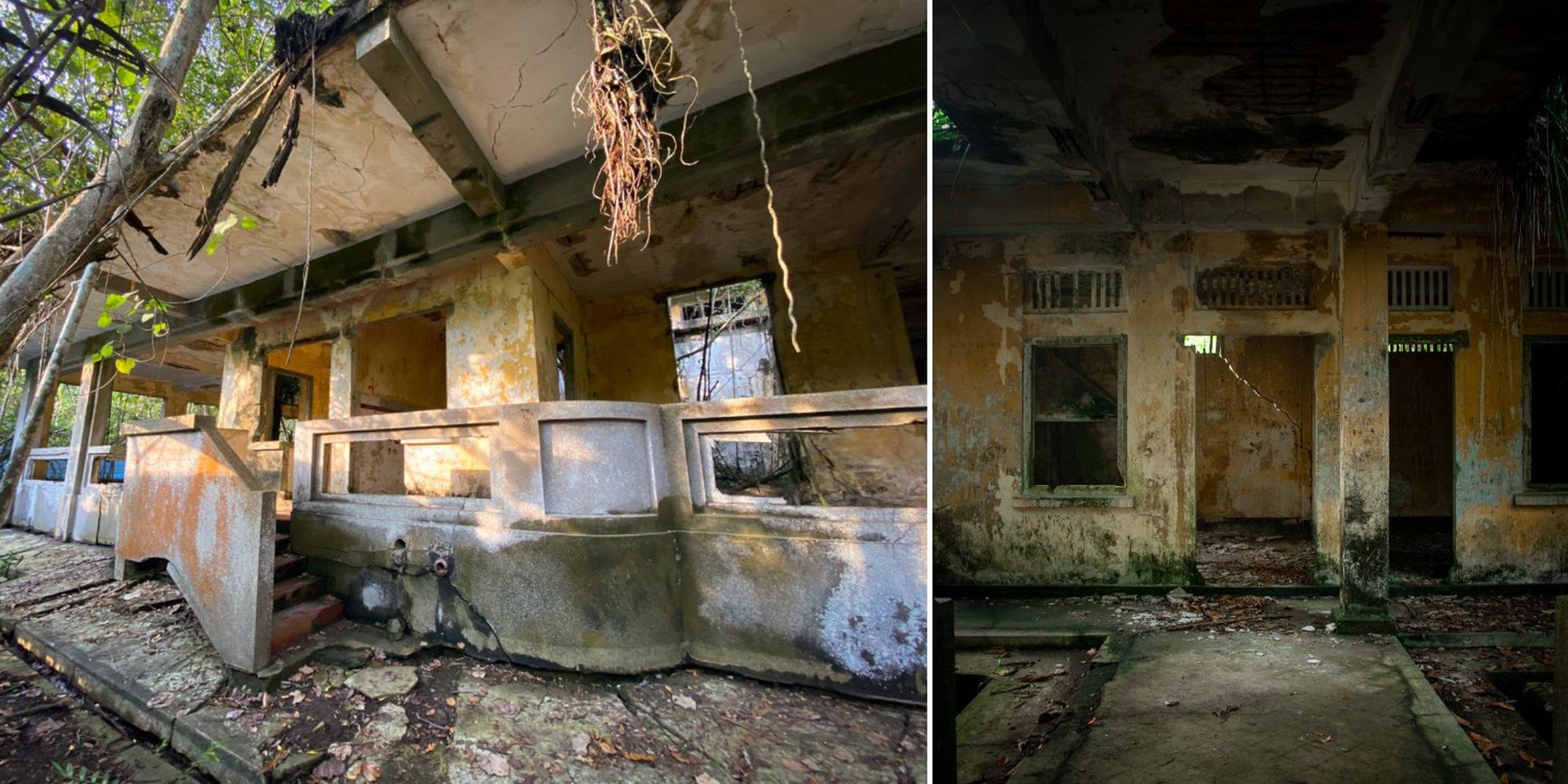
Property Market Commentary 6 Curiously Abandoned Houses In Singapore And The Stories Behind Them
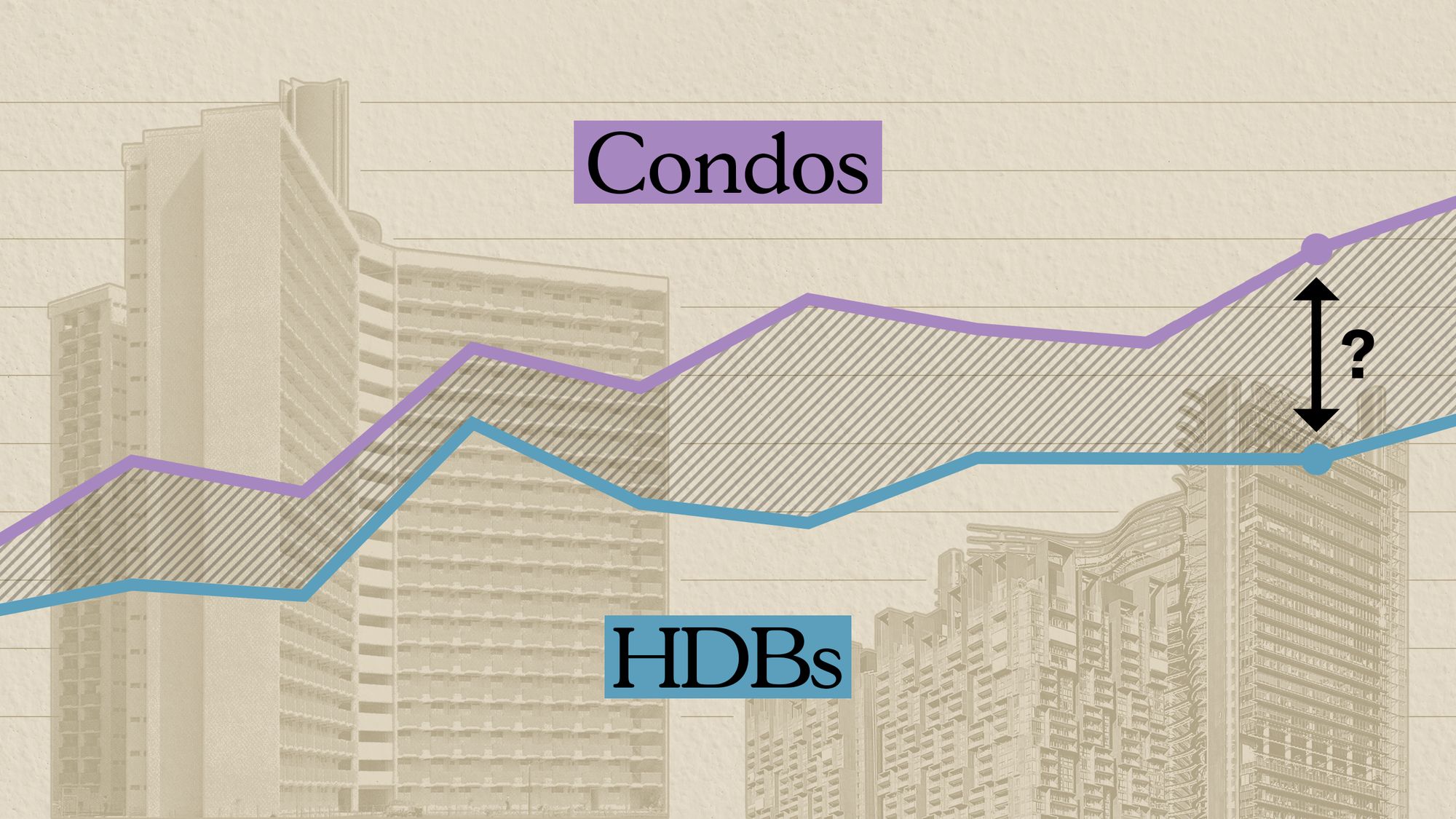
Property Market Commentary Which HDB Towns Are Getting Close To Condo Prices In 2025?
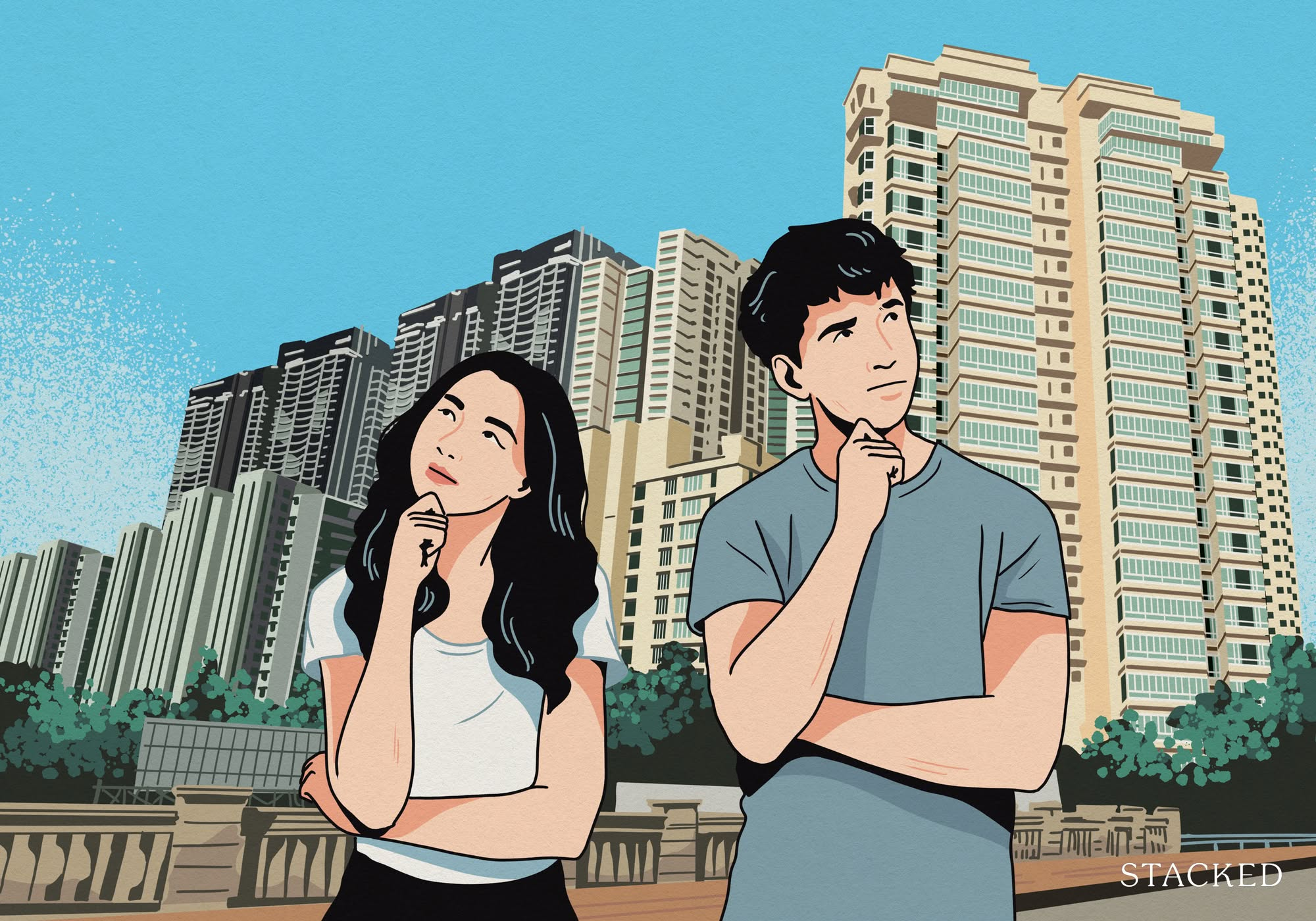
Property Market Commentary Why Singapore Homes Feel So Unaffordable (Even If Incomes Have Risen)
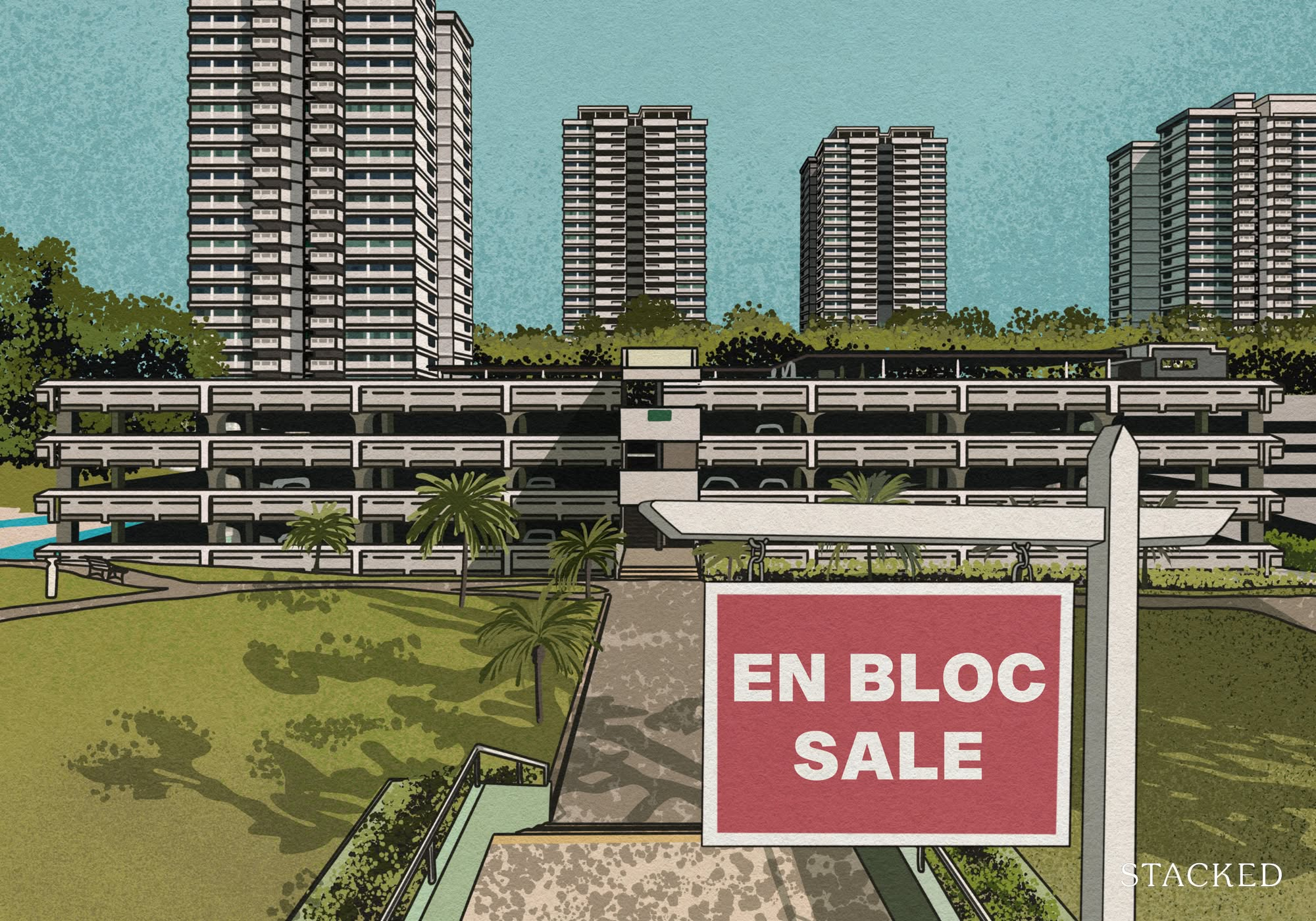
Property Market Commentary Why Older Freehold Condos Are Struggling to Go En-Bloc in 2025
Latest Posts
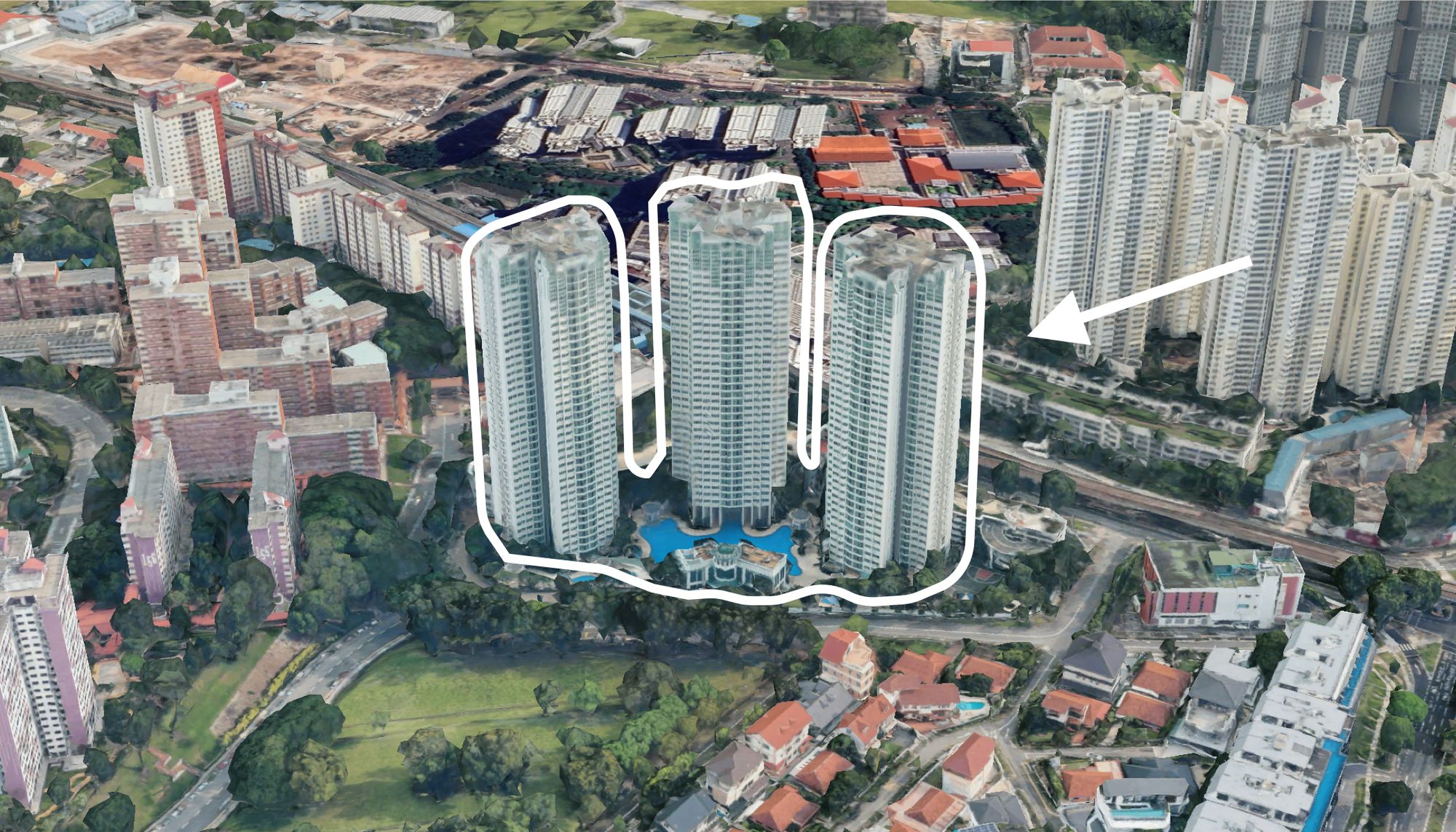
On The Market We Found 5 of the Cheapest 3-Bedders Near Queenstown MRT Starting Below $2.3M
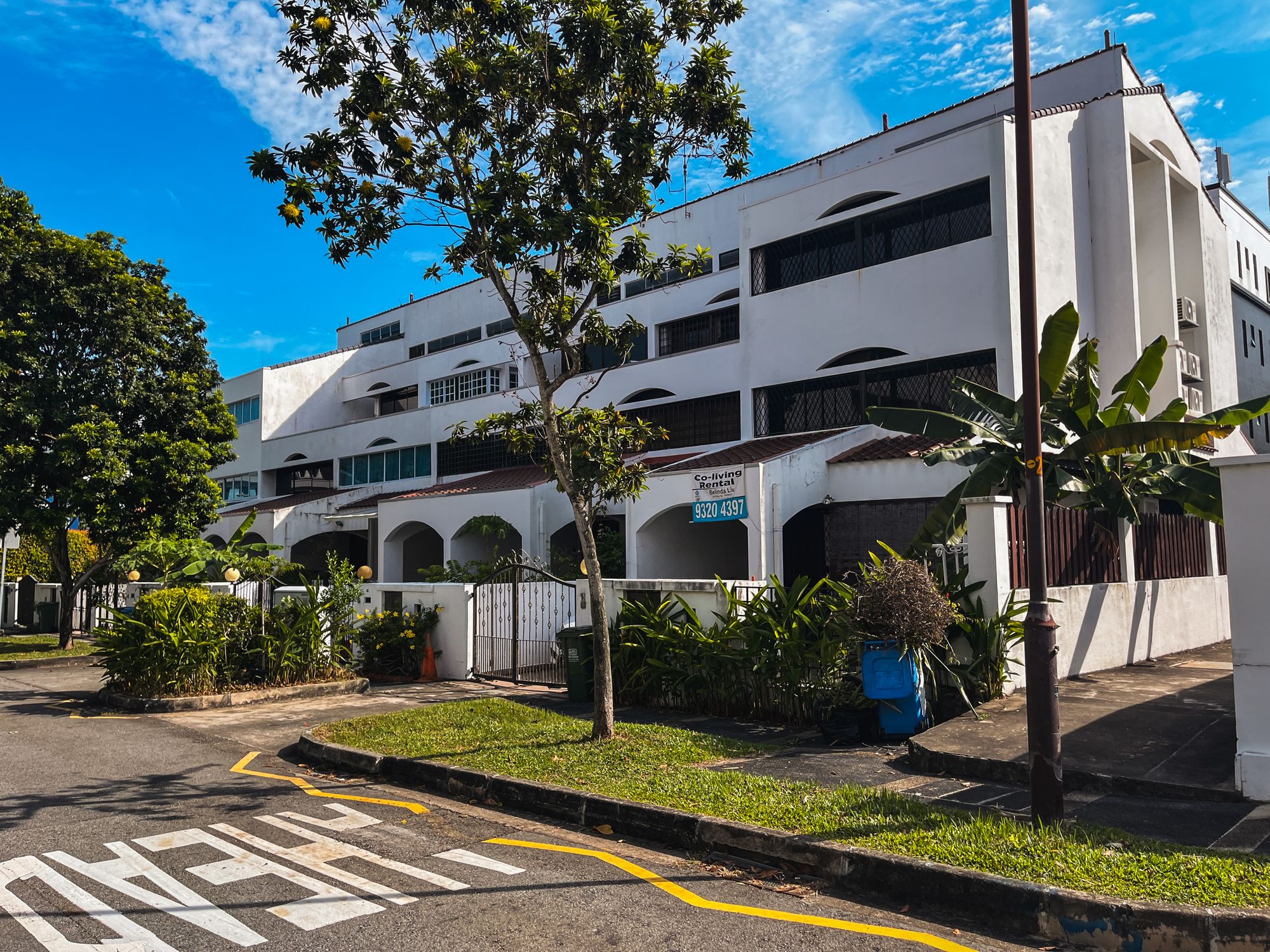
Landed Home Tours I Toured A Rare Freehold Landed Street In The East Where The Last Home Sold For $4.6M
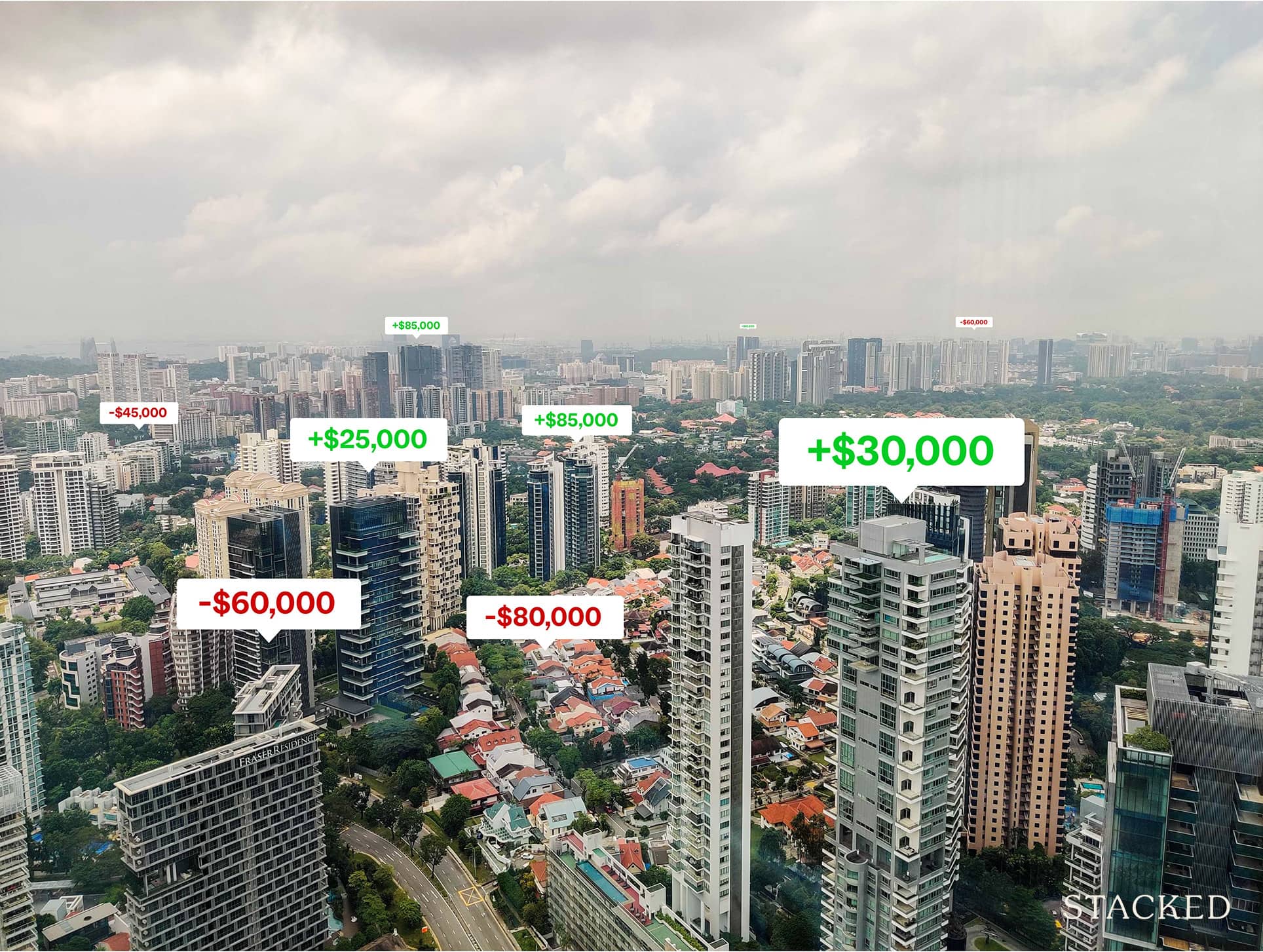
Singapore Property News Can Singapore Property Prices Really Hit $2,900 PSF By 2030?
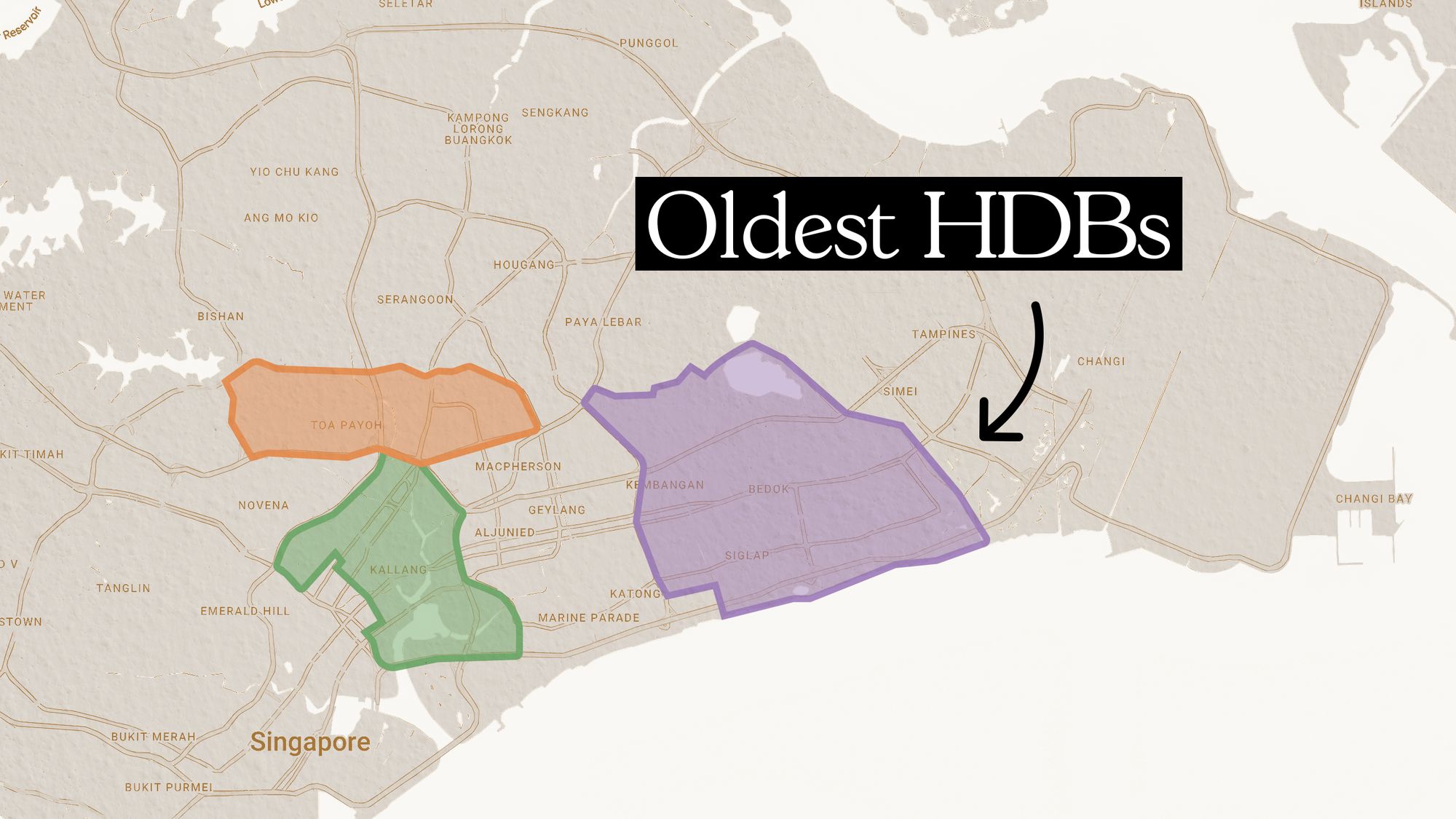
Property Picks Where to Find Singapore’s Oldest HDB Flats (And What They Cost In 2025)
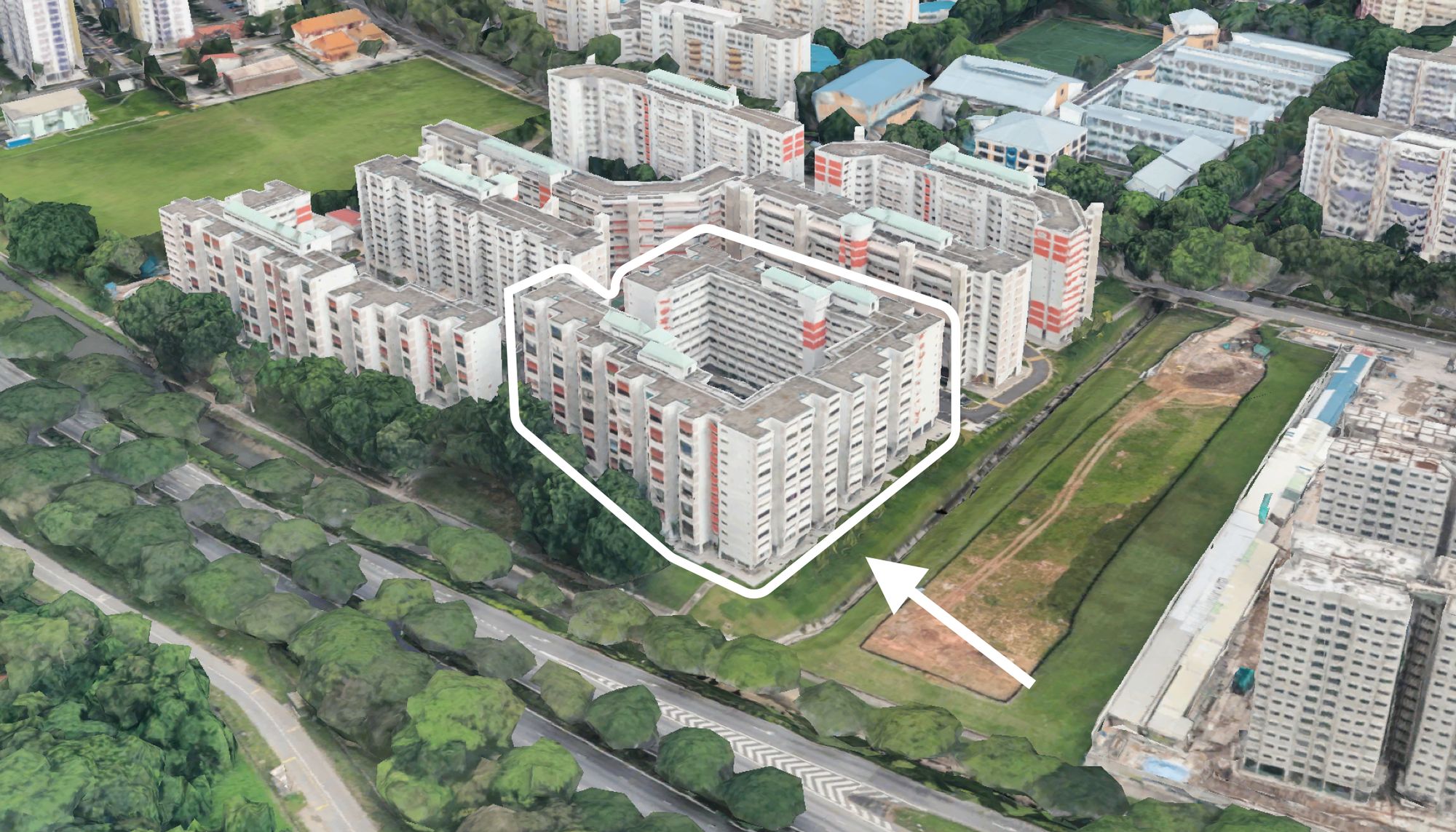
On The Market 5 Spacious Executive Maisonettes Under $850K You Can Still Buy Today
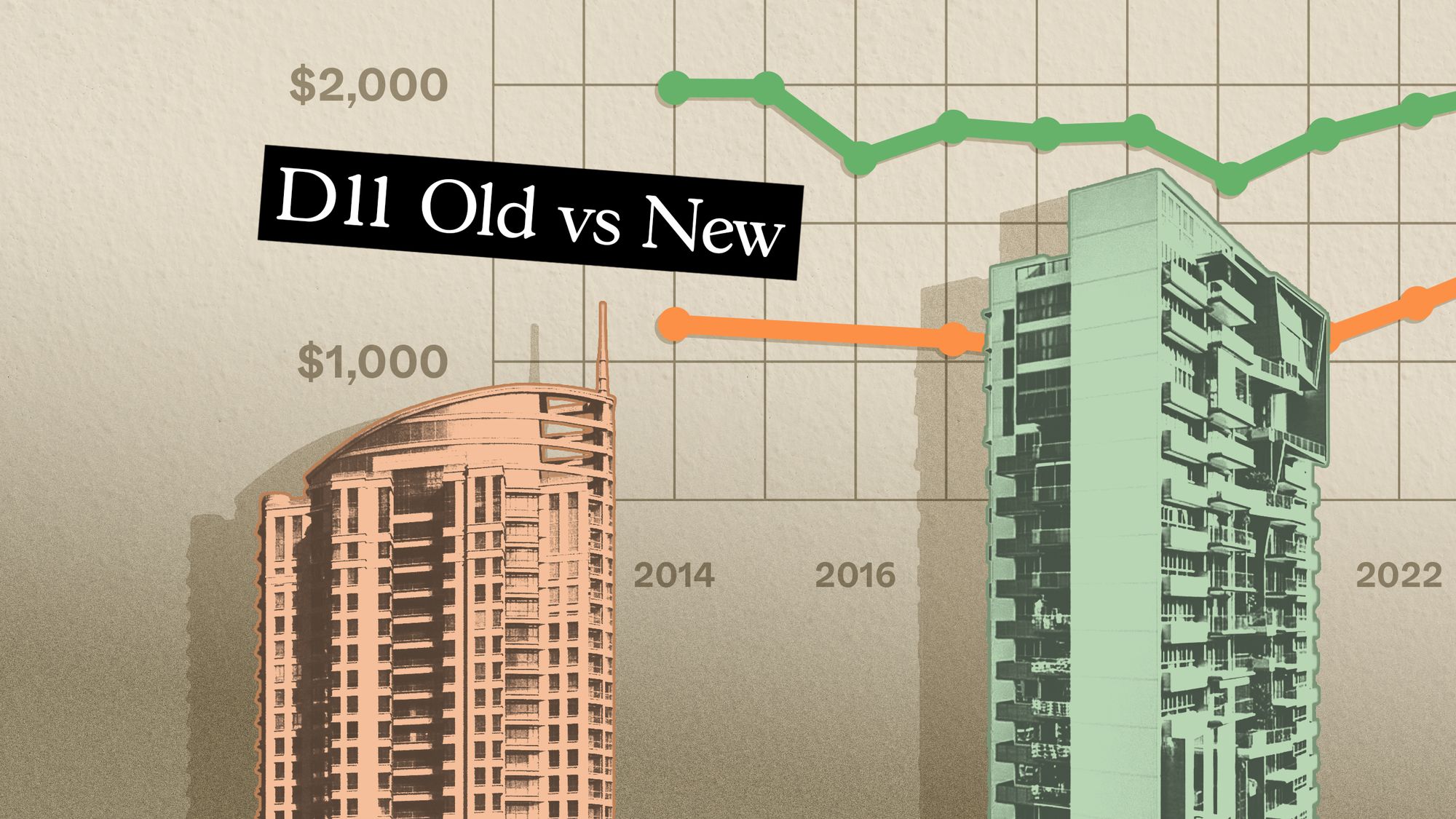
Pro We Compared Old vs New Condos in One of Singapore’s Priciest Neighbourhoods — Here’s What We Found for Smaller Units
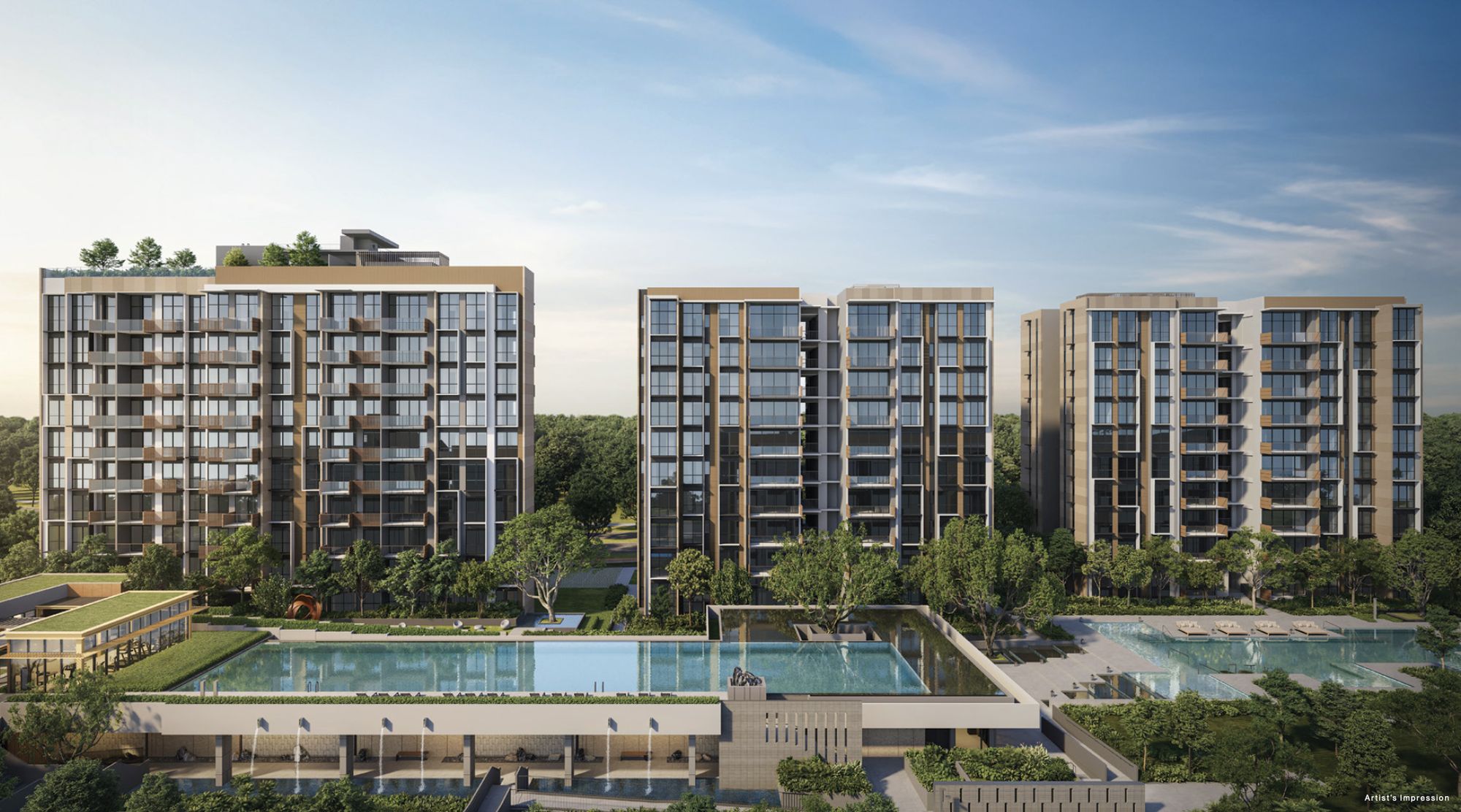
Editor's Pick This New Upper Bukit Timah Condo Starts From $993K: But Would You Trade MRT Convenience for Greenery?
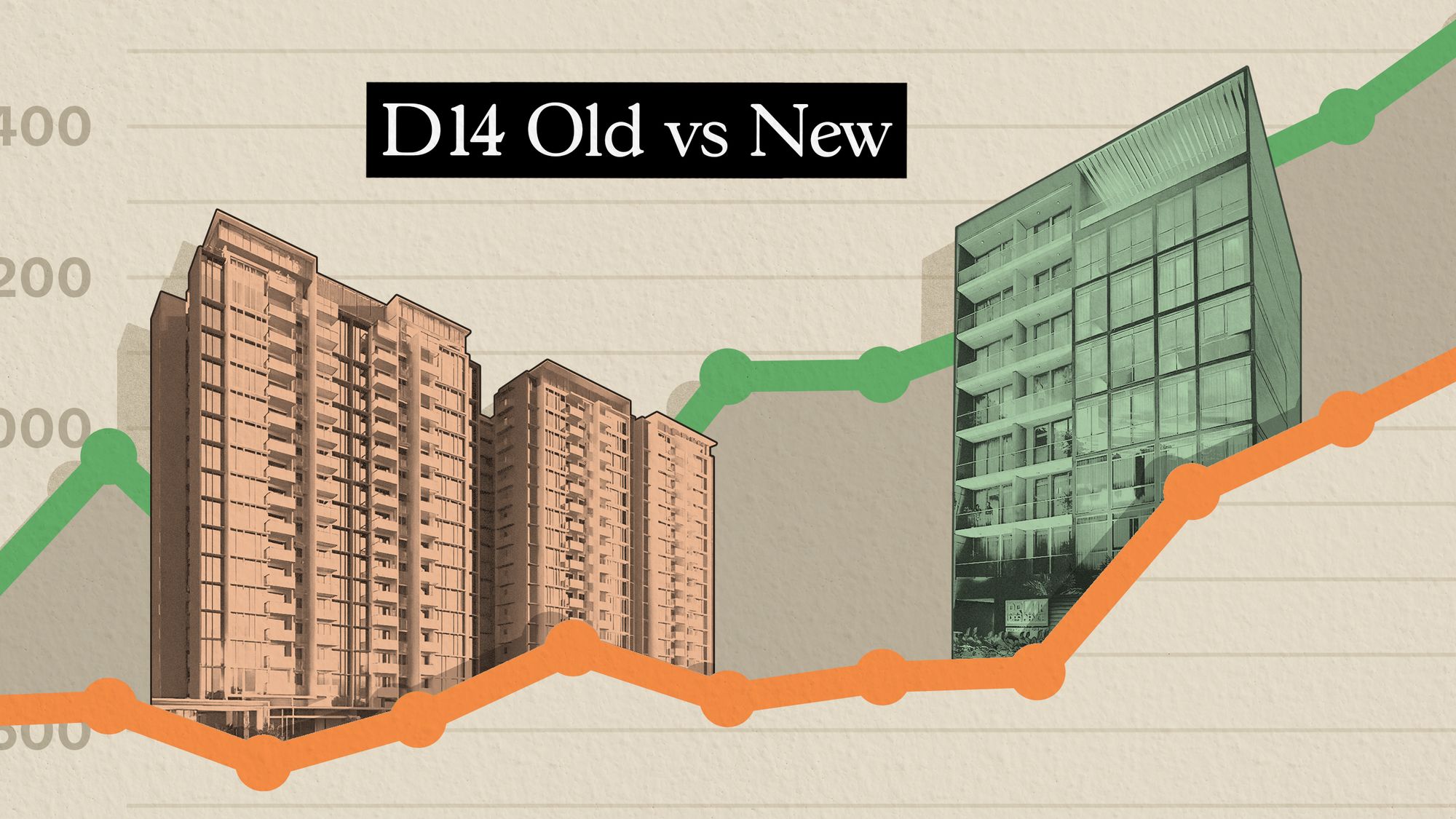
Pro We Compared Old vs New Condos in One of Singapore’s Fastest-Changing Neighbourhoods — Here’s What We Found Out
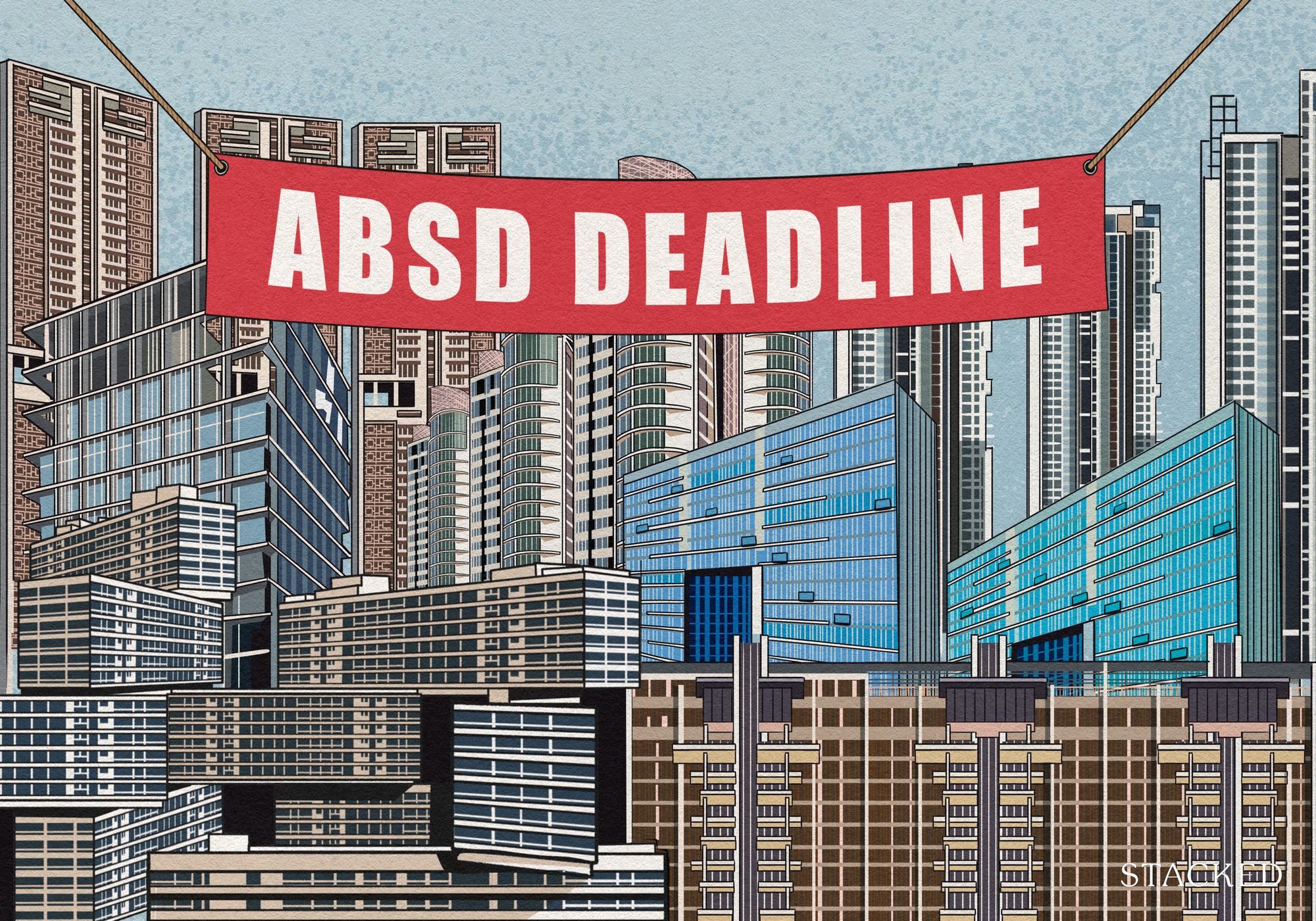
Editor's Pick “I Didn’t Think Property Prices Could Go Up So Fast Anymore With ABSD” Why One Buyer’s Regret Still Feels Familiar Today
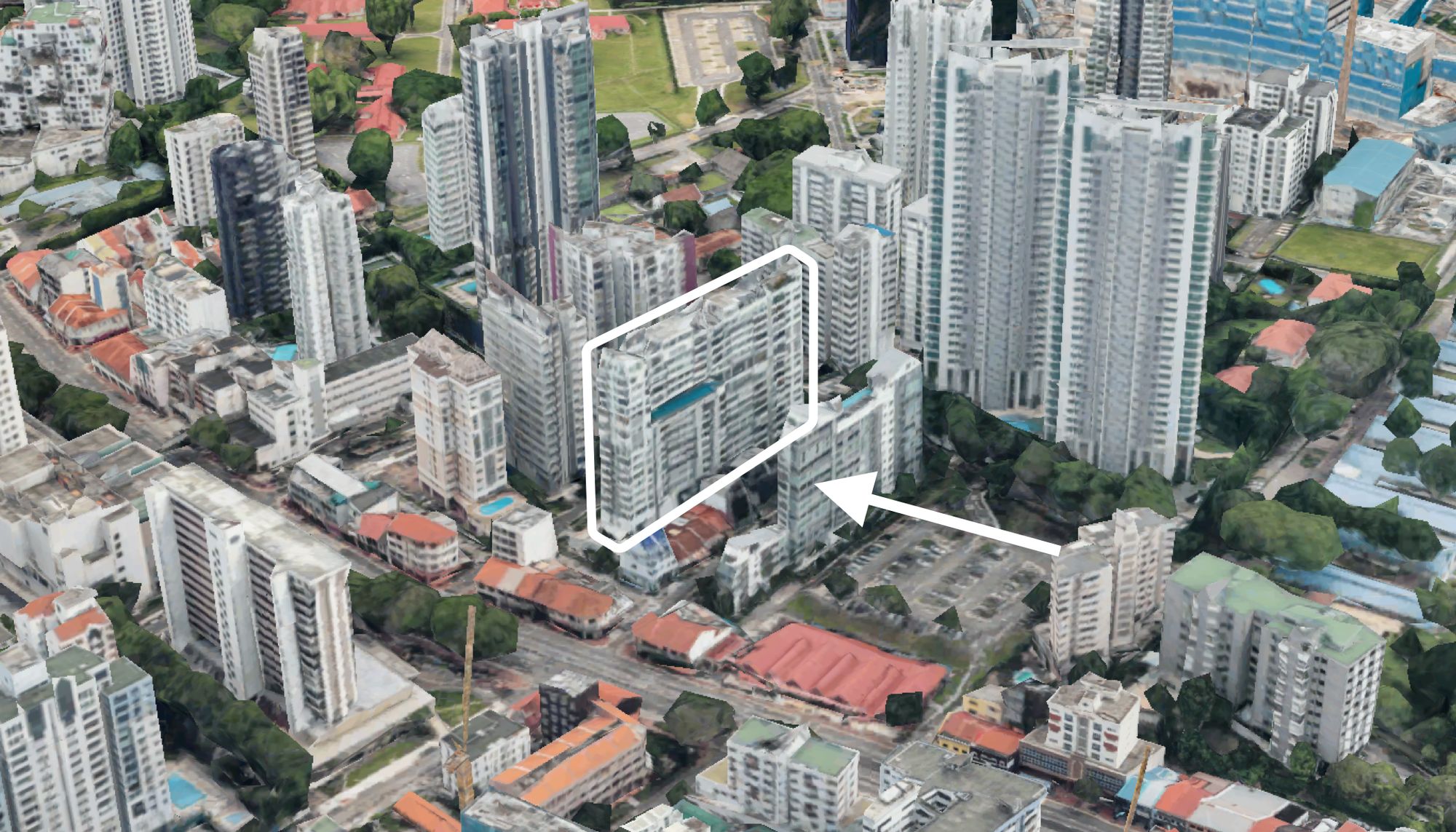
On The Market We Found 5 Freehold 1-Bedroom Condos Under $1 Million With The Most Efficient Layouts
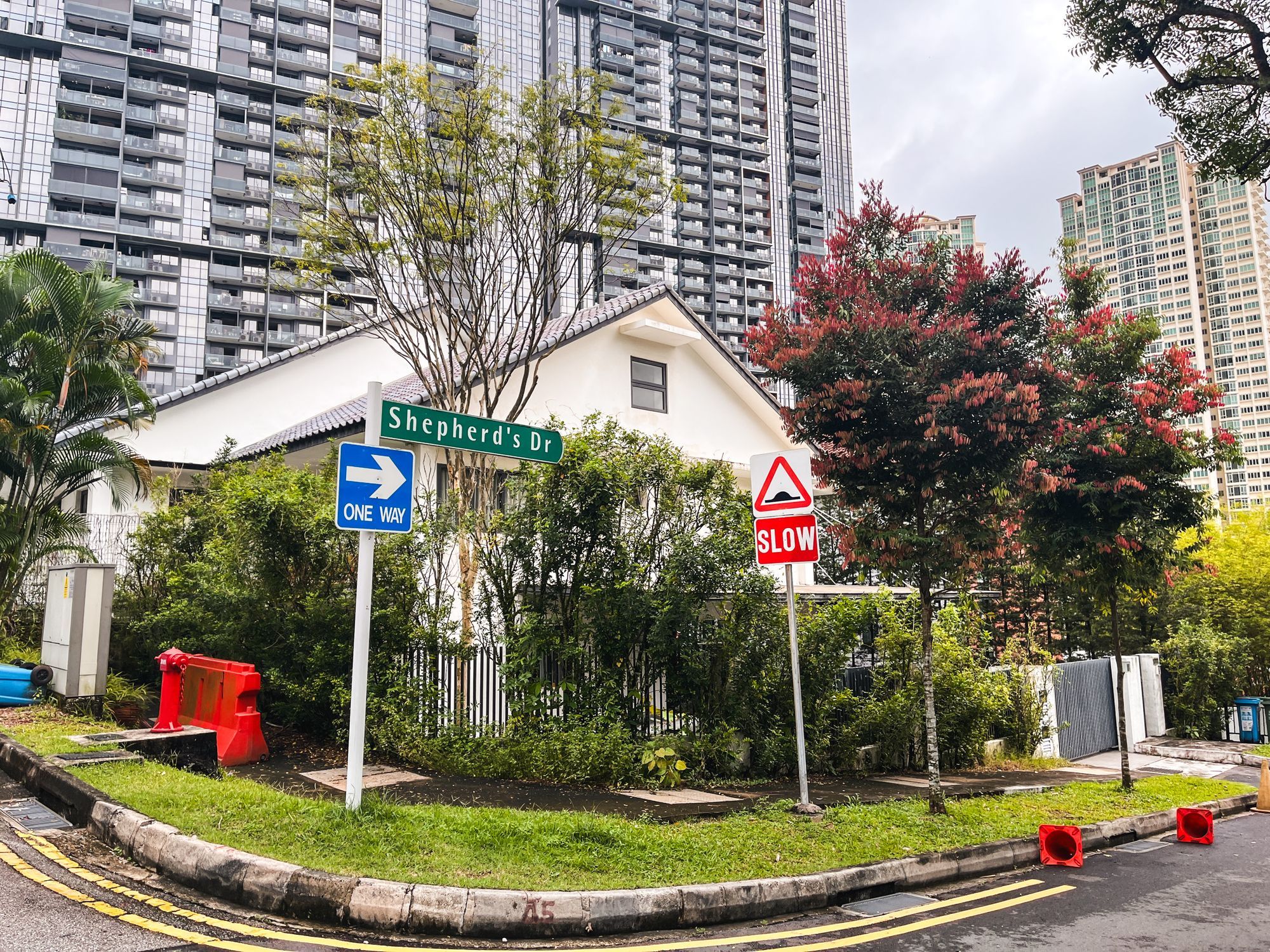
Editor's Pick I Toured A Rare Quiet Yet Central Freehold Landed Enclave Where Houses Sell For $12 Million
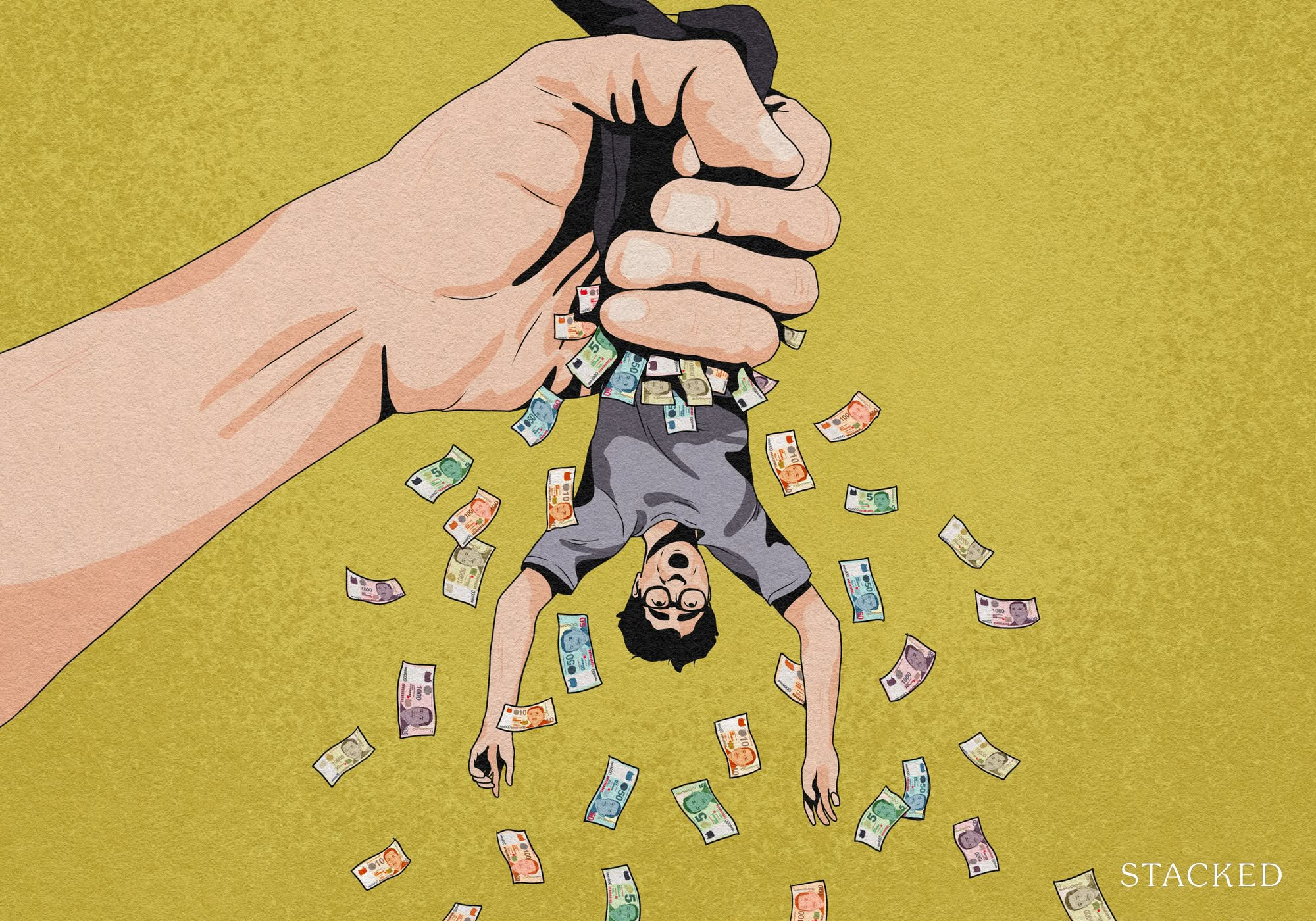
Singapore Property News The Hidden Price of Upgrading To A Condo In Singapore: What Most Buyers Don’t Budget For
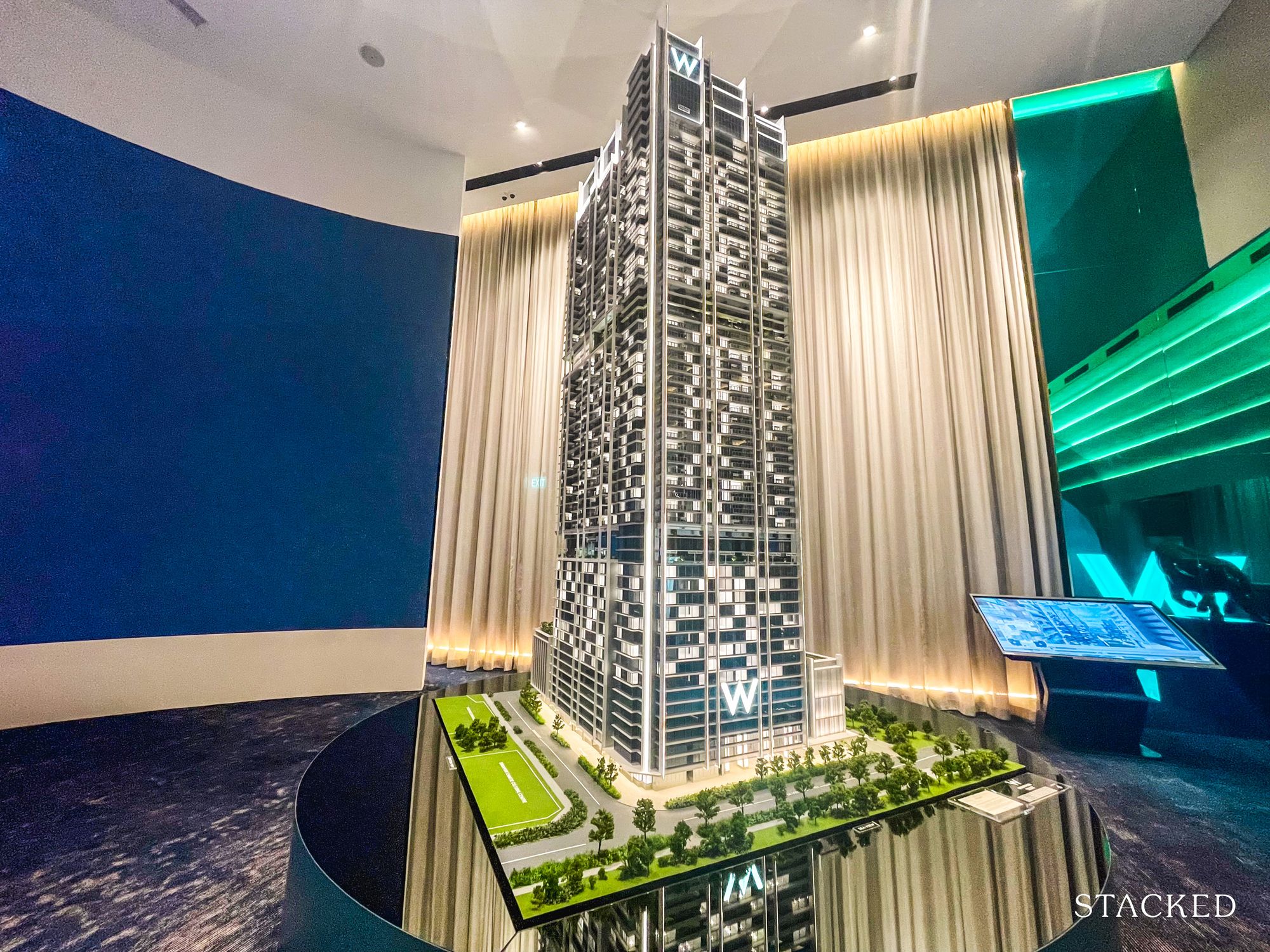
Editor's Pick W Residences Marina View – Singapore Condo Review: A Luxury Condo Above A 5-Star Hotel From $1.77m
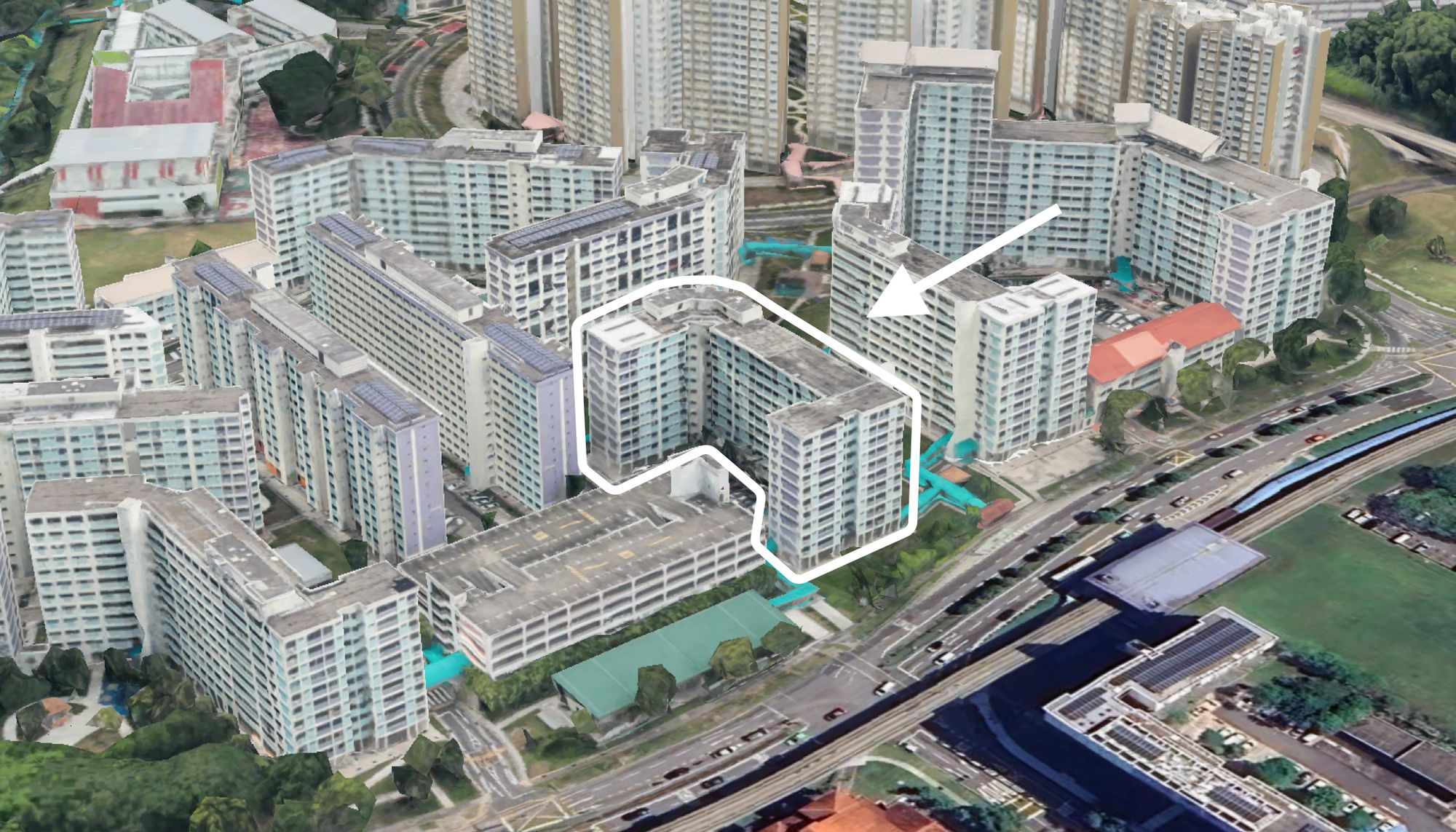
On The Market We Found 5 Spacious HDB Flats Above 1,300 Sqft You Can Still Buy Under $600K
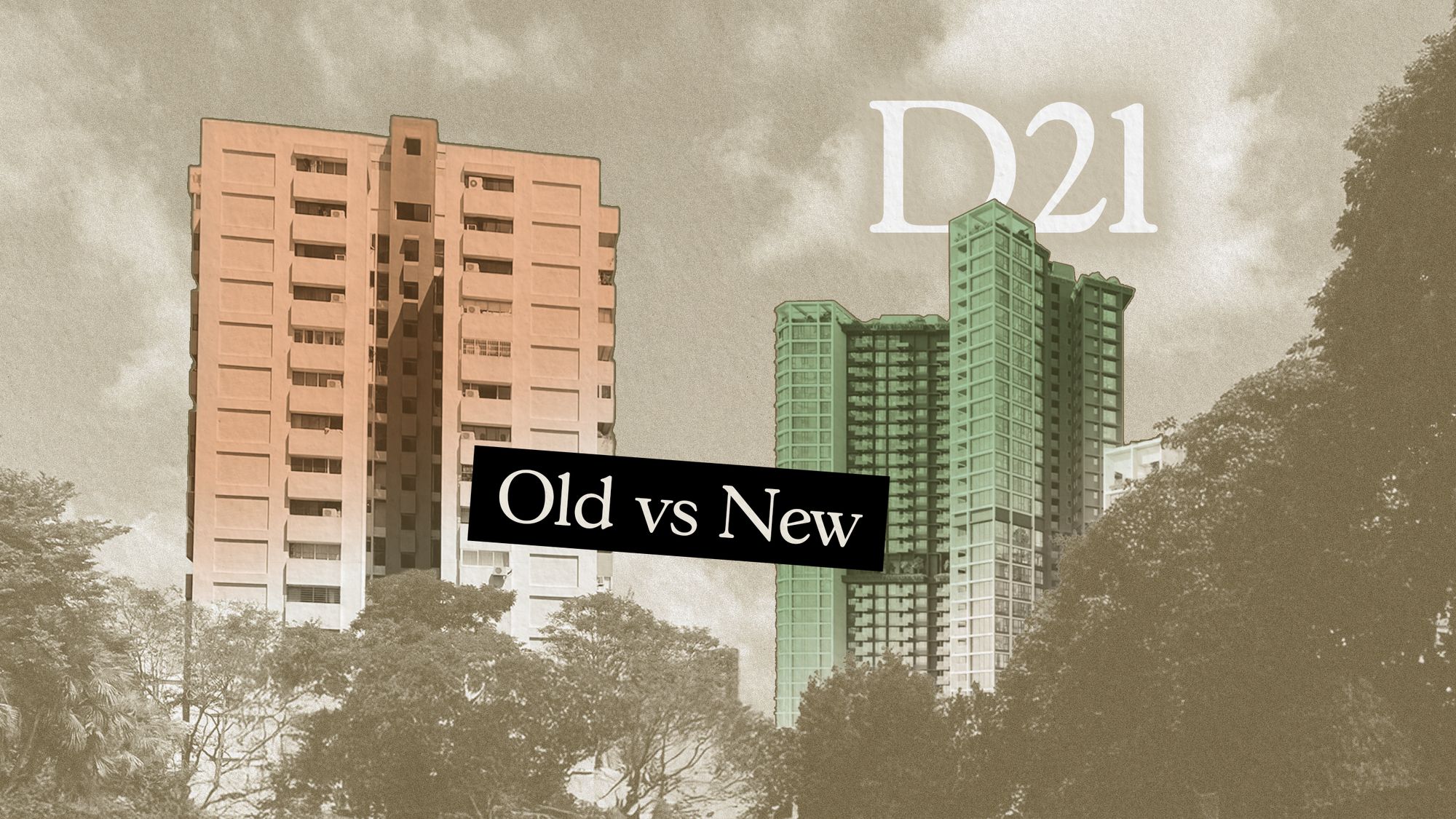
Pro We Compared Old vs New Condos in One of Singapore’s Priciest Family Neighbourhoods: Here’s What We Found For Family-Sized Units in District 21
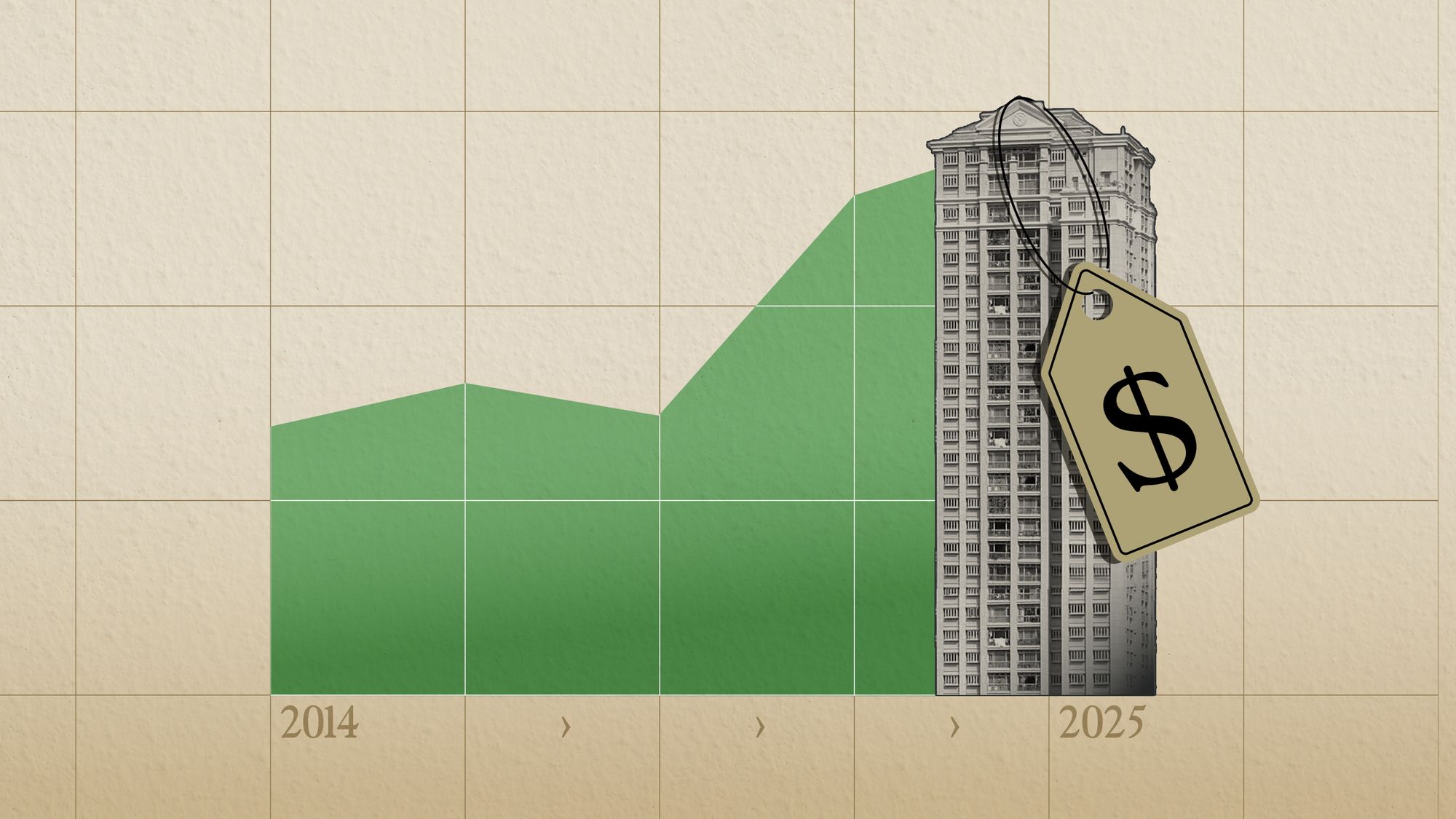


Very comprehensive and well-written! If at anytime the government removes the cooling measures, Singapore will see a huge growth in property prices again. There’s a lot of pent-up demand from buyers who were priced out from the measures.